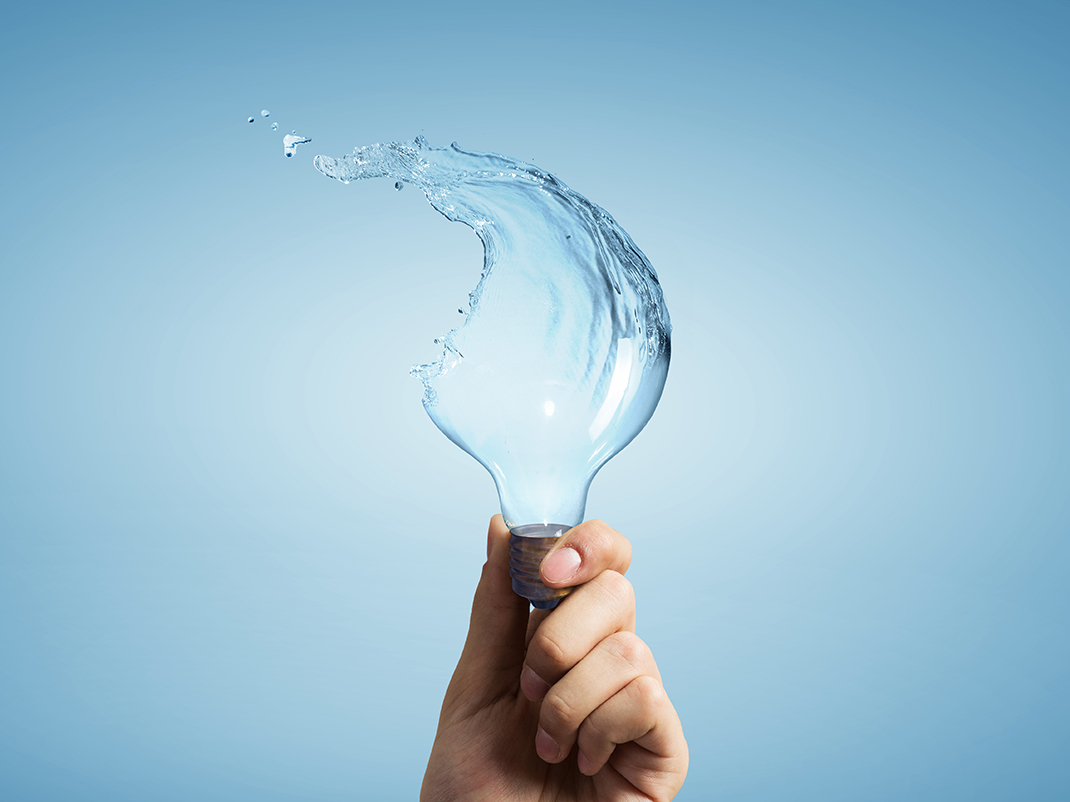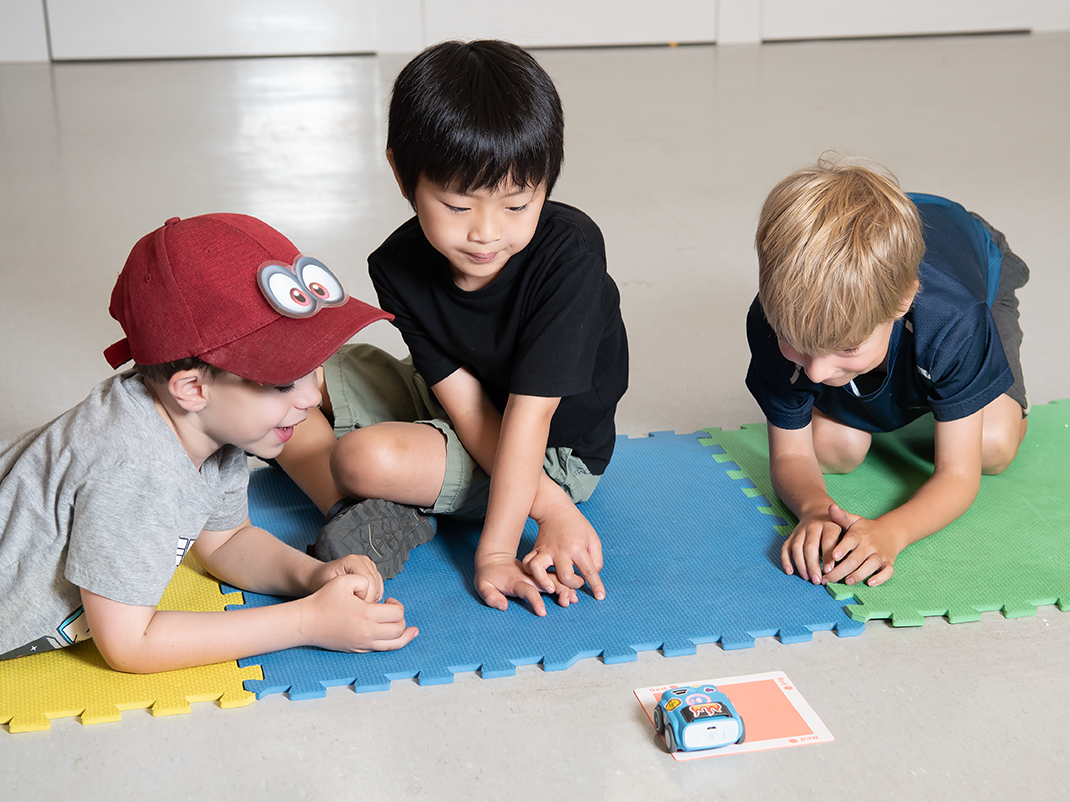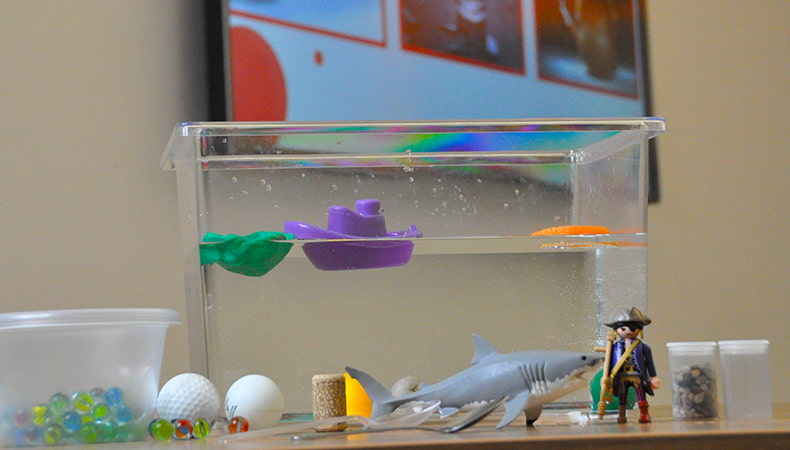Everyday energy
Grade 1 to 3 (Ontario)
Elementary cycle 1 to 2 (Quebec)
$10 per student
60 minutes
Dates offered: October 1, 2025 to May 29, 2026
Max. group size: 25
This program allows students to observe how their own energy can be converted into movement. They will also investigate how various forms of energy can be used to power everyday devices. As a hands-on case study, students explore the effect of a dam’s height, and observe how energy from falling water can be converted into the energy to light up an LED bulb.
Make a reservation request
Lesson plan
Consult this lesson plan for ideas to extend the learning—and the fun!
Curriculum links
Grade 1:
- Science and technology – Matter and energy: Energy in our lives
Elementary cycle 2:
- Science and technology
- Material world: Energy
- Earth and Space: Energy
Fees
$10 per student. Please note a minimum fee of $150 applies.
Your school may be eligible for financial support. For more information, contact the customer engagement team.
*Program includes free admission for one adult for every four students. Please note that there is a mandatory minimum ratio of one adult for every 10 students. Any additional adults not included in the program fee will be required to pay the regular visitor fee at admission and will not be able to participate in the program. These requirements do not apply to groups with students who have special needs.
Reservations
Booking requests can be made through the school programs reservation request form.
You can also connect directly with our customer engagement team:
Email: [email protected]
Phone: 613-991-3053 or 1-866-442-4416
You may also be interested in

Field trip planning tips
Make the most of your field trip to the museum with these planning tips.

Little code, build, play!
- Kindergarten – Grade 3
- Elementary cycle 1 – Elementary cycle 2
Start your students’ coding journey through interactive Sphero Indi cars, then use that knowledge to help clean the ocean.

Liquids and solids
- Grade 1 – Grade 3
- Elementary cycle 1 – Elementary cycle 2
Students will investigate the differences between states of matter, then build and test a stable, buoyant structure.